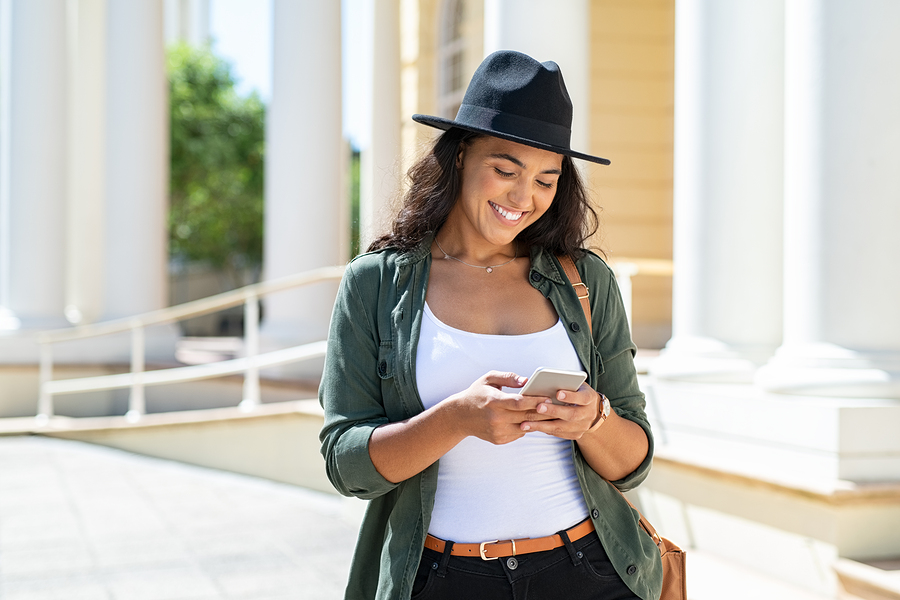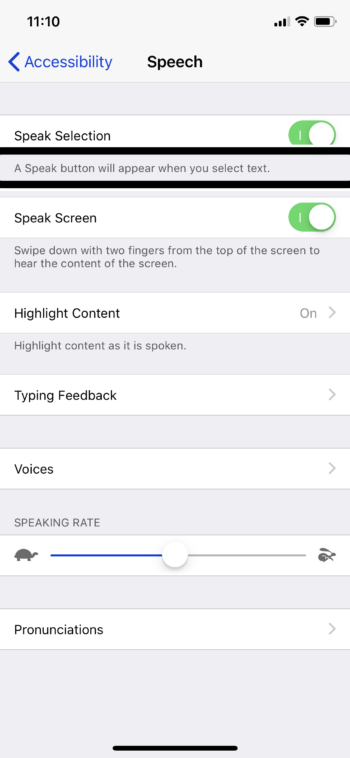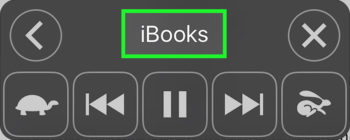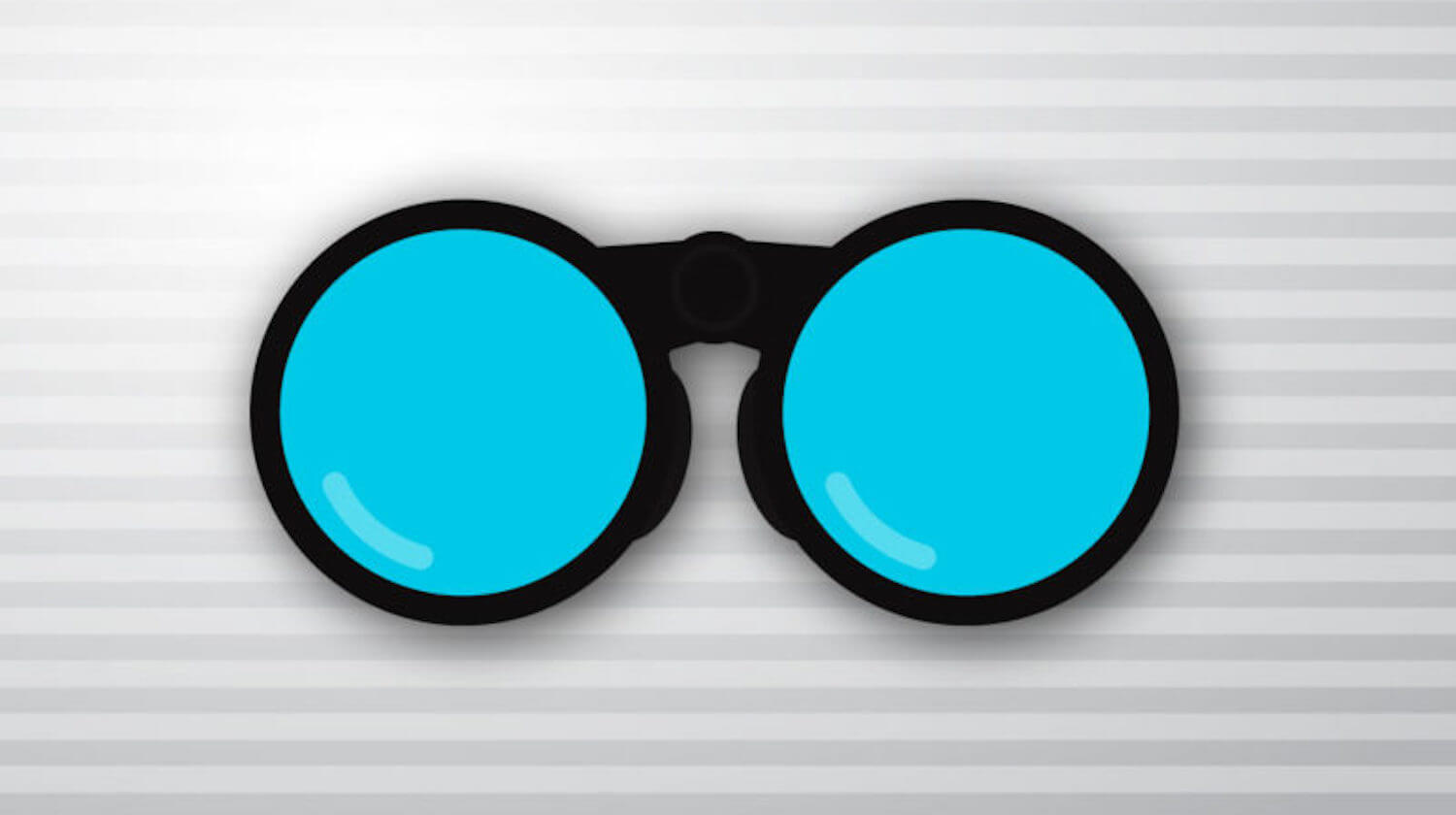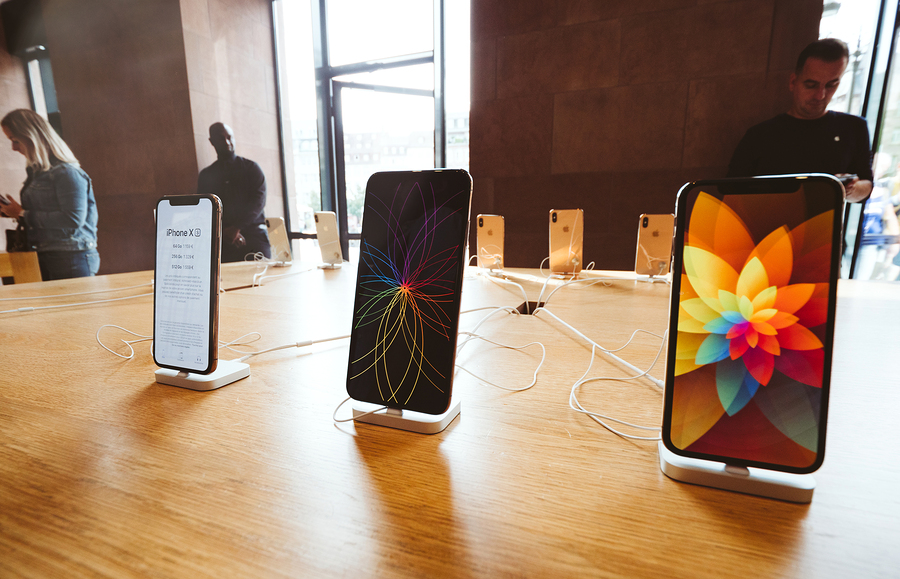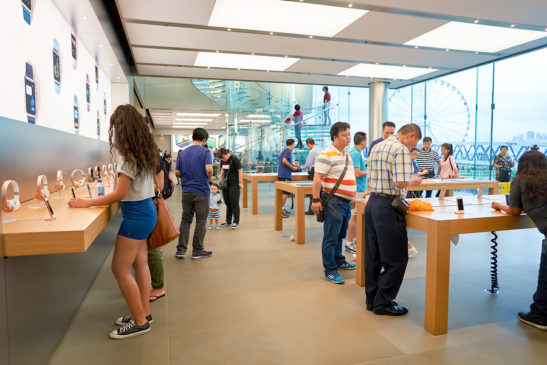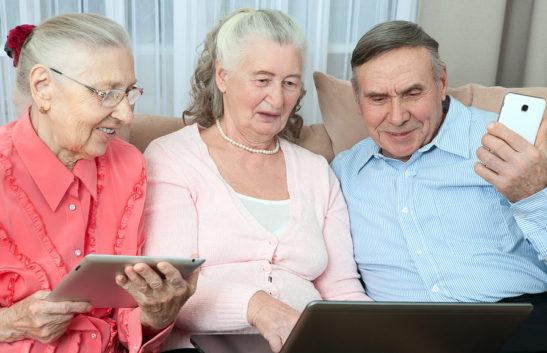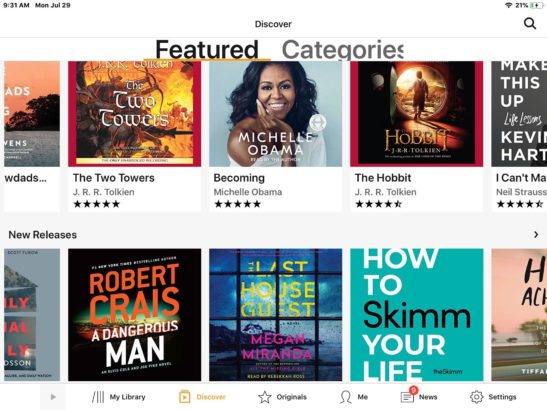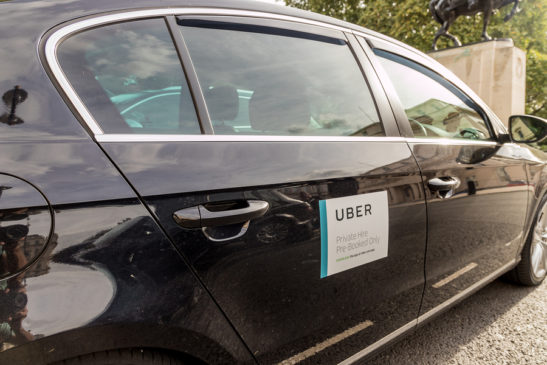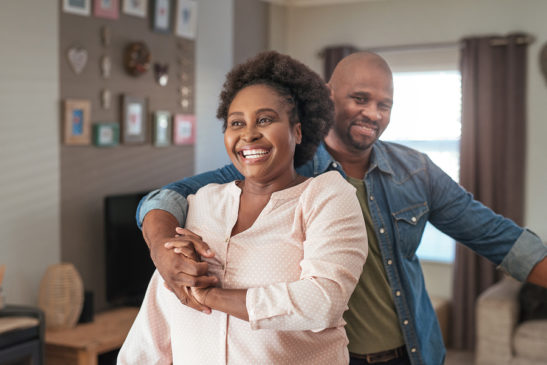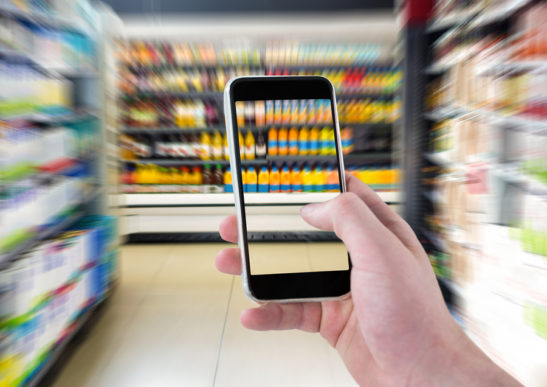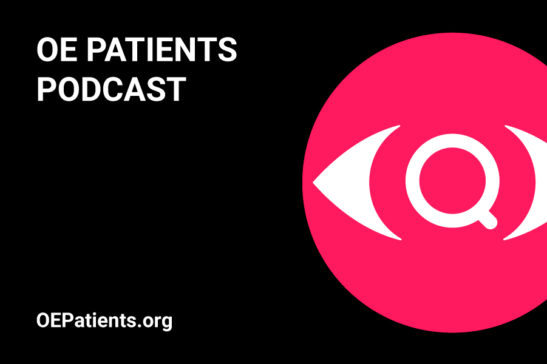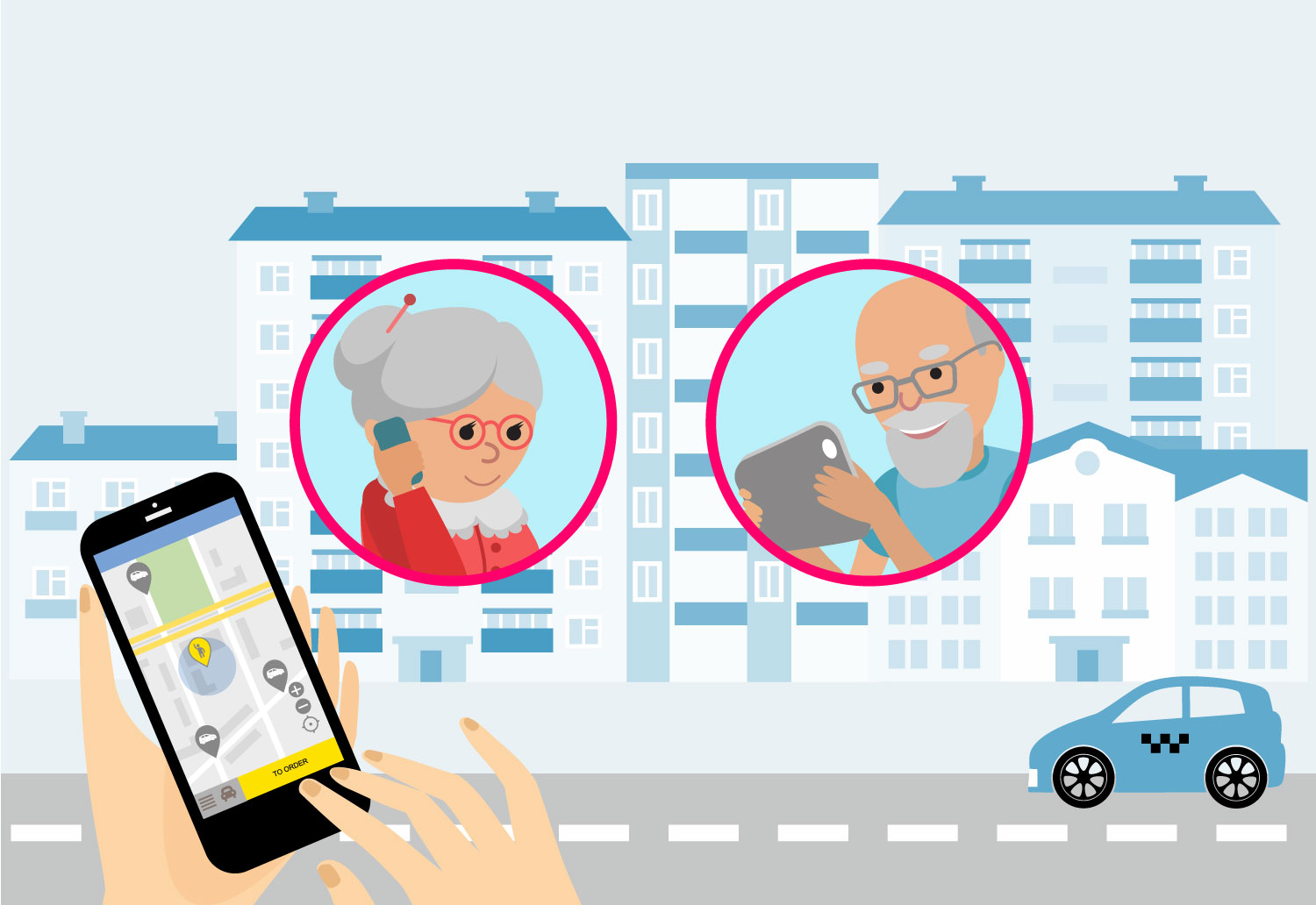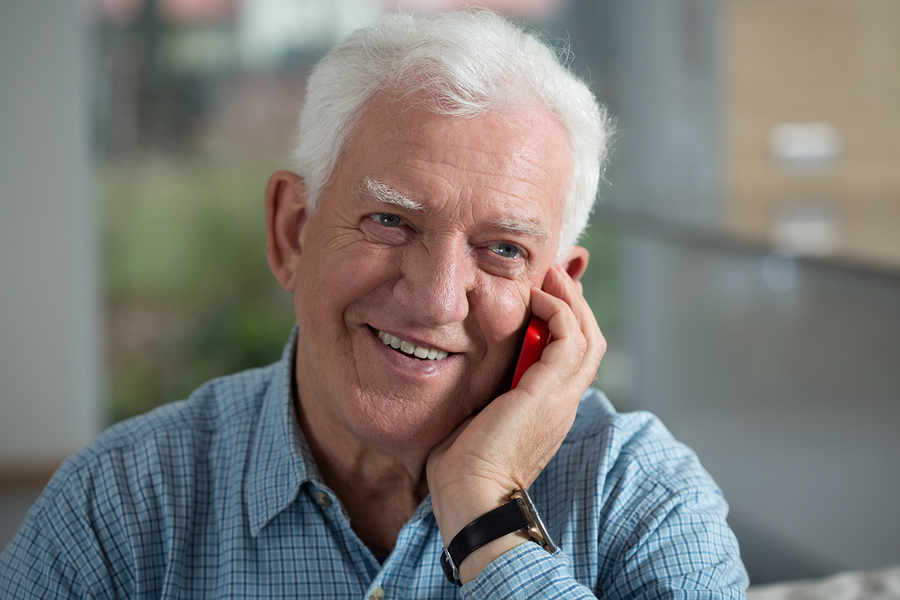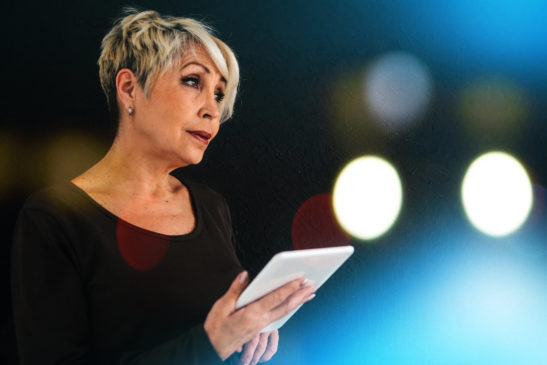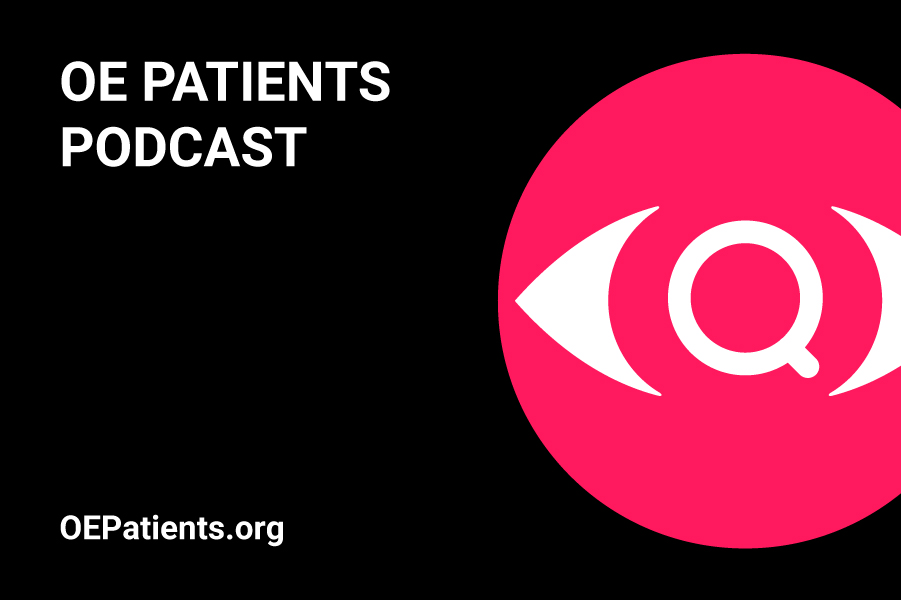If you have not already developed the habit of protecting your eyes from the harmful rays of the sun, today is the day to start practicing. Learn to take the steps on a daily basis, that will preserve your precious sight. This is extremely important, not just in the summer, but every day of the year.
It’s National Sunglasses Day, a great excuse to buy yourself a fabulous new pair or get one for someone you love. We encourage everyone to express their personal style and to be sure the glasses they select are qualified for the job. The American Optometric Association recommends lenses that block out at least 99 percent of UVB and UVA rays and screen 75 to 90 percent of visible light.
There is no shortage of options for shielding eyes during all outdoor activities. Be certain your shades provide maximum protection, good coverage, fit well and look great. Choose the lens type and color that best suits your needs.
Sun is damaging to young and old eyes alike. Light eyes are at greater risk because they contain less of the melanin that protects darker eyes. All eyes are susceptible to damage over time, including the development of cataracts, macular degeneration and both ocular and skin cancers. Excessive exposure to sun rays can also burn the cornea.
Protective lenses are a must for snow sports. UV is more intense at higher altitudes and snow reflects about 80 percent of the suns rays, which is like getting hit twice. The same goes for water and sand.
Obviously, sunglasses are far more than a fashion accessory. They should be worn even on cloudy days and in shaded areas. A brimmed hat is another great way to further minimize exposure. And please don’t forget sunscreen on uncovered skin. It’s much smarter to be safe now, than sorry later.
This isn’t our first reminder about protecting your eyes from the sun. Here’s another post we shared on the subject:
“Keep The Sun Out of Your Eyes”

This article was originally posted on Jun 26, 2018 and resurfaced Jun 27, 2021.


